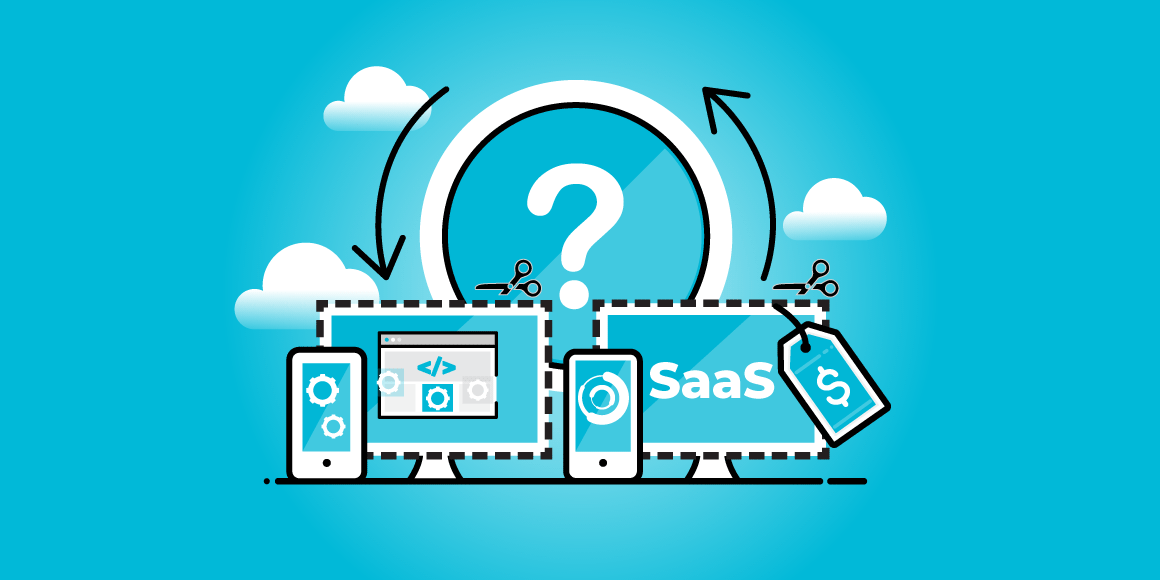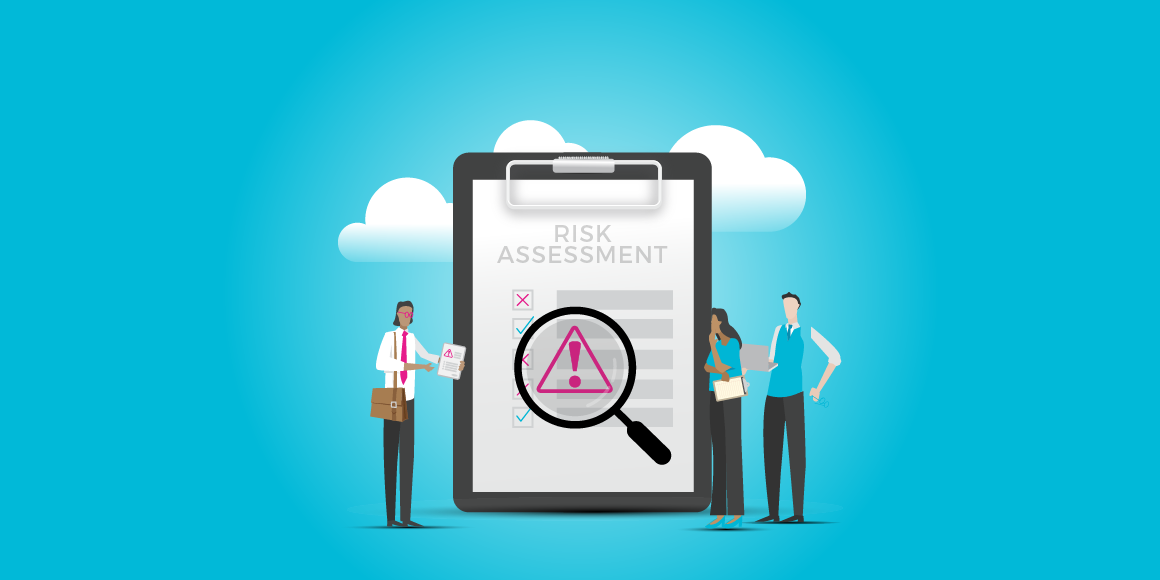A rebate is a back-end discount used as a financial incentive to encourage partners to purchase and/or consume products and services in multiple units or in large quantities. The vendor or manufacturer rewards those buying in bulk by providing a reduced price—after the purchase—for each good or group of goods.
Rebates are a partner-company-level incentive paid to partners that have reached a predetermined goal. When a partner achieves this time-based goal, the vendor issues a rebate payment within an agreed upon time frame.
Rebates are often reserved for top-tier partners and typically average between two and three percent of sales, while volume incentives can stack-up and reach as high as five percent depending on the goal achieved.
Top performing channel organizations often drive increased sales by financially rewarding their channel partners’ performance with rebates. The challenge for vendors is finding the right level of investment in programs that optimize their indirect partners’ sales performance (effectiveness) without overspending (efficiency).
Channel Incentive Management (CIM) solutions, takes incentive programs like Rewards, MDF/Co-Op, SPIFS, Rebates - that were traditionally executed manually or siloed on-premises, and transforms them into intelligent cloud-based engagement tools that automatically deploy the right mix, level, and cadence of incentives to improve revenue and profit from the channel.
The complexity of today’s channel ecosystems environment calls for a more intelligent and intuitive user experience that automatically connects business users to the people, information, tools, application, and system resources they need to get done what they need to do - without friction. Remember, partners today expect to engage with vendor-provided tools, as easily as they do with online retailers or social applications and are looking for similar features like dashboards, tiles, shopping carts and reviews.
Cloud Based CIM Rebate Management Software
Cloud based CIM Rebate management software is allowing vendors an opportunity to take a closer look at how rebate programs are structured, how to simplify them, automate them, and deliver visibility and insights. Keeping your channel partners engaged, with dashboard visibility into incentive program performance, threshold attainment, what-if scenarios, and payouts.
Enhanced visibility is a top benefit from cloud based CIM Rebate solutions, providing easy access to real-time data on everything from contract terms to program targets can drive partner behavior. Vendors can now rethink rebate programs and accommodate the channel’s transition from a transaction-based model to a subscription/consumption-based model.
Yet channel leaders I talk to are often curious about whether their rebate programs are fueling and motivating the right partners in the right ways. They also wonder if other vendors are experiencing the same struggles and challenges.
The most compelling issues on the minds of vendors are:
● Is my rebate program truly driving the right behaviors?
● Why is the partner participation lower than I expected?
● Is my rebate program too rigid or complex?
● Do my rebate programs drive measurable ROI?
Channel partners have similar issues, but they want to know:
● Do my vendors rebate programs align to my business needs?
● Are my vendors rebates easy to enroll-in, manage, and attain?
● Can I influence the vendor's program and tailor it to my business needs?
● Will the vendor share results in a timely manner, and with meaningful dashboards?
For channel incentives to be successful, they need to be simple, easily defined, clearly communicated, and effectively managed, while offering straightforward support to channel partners. To achieve this level of partner experience, channel sales data and incentive program data need to be integrated to fully automate calculations, ensuring that programs calculations and payouts are error-free with a flexible data model.
Let's look at some rebate best practices...
Best Practice #1: Move Away from Revenue Attainment Rebates
Today, rebate programs are about more than just paying for revenue attainment. These programs encompass setting stretch goals, adding different types of layers for services attached, net new logos, and net lines of business, consumption, subscription, renewals. These are stackable incentives and very effective. Other examples include the following:
● Business growth–rebate payments focused on creating net new business rather than repeat orders with existing customers; (average 2 to 6 percent of sales)
● New market penetration–focused on creating new business in designated vertical markets (average 3 to 6 percent of sales);
● New customers–payments based on achieving revenue goals for net new customers (average 5 to 8 percent of sales);
● Adding value–achieving attach-rate goals for services (i.e., a target percentage of services sold or service revenue goal).
Best Practice #2: Clearly Communicating Objectives and Benefits
Vendors and partners must agree on the objectives and benefits of a channel incentive program. Incentives’ definitions and terms should be readily available to partners, and while using clear incentive terminology is very important, so is clearly communicating and visualizing objectives and benefits.
Before the start of each quarter you must communicate, communicate, communicate, ensuring partner engagement and program compliance. This means that you communicate the partner’s target, the rules of engagement, promotional periods and the possible earnings in HALF A PAGE! Not a 15 page PDF document.
Yes, the rules and terms and conditions should be readily available to partners on a click-through basis. And you should record the partner’s acceptance of these rules and terms and conditions, to ensure (among other things) their targets and payouts are not shared, and to keep partners current on their standing against goals through interactive dashboards, and a monthly account statement e-mail.
Vendors that use a planned approach to align incentive types, goals, and objectives will better utilize funds and take advantage of ways to engage with partners.
Best Practice #3: Re-Evaluate Your Rebate Strategy, You Don’t Have to Pay All Rebates In Cash
In today’s channel the emphasis has shifted from pure rebate pay-outs to vendor support and vendor-partner collaboration. Not all rebates need to be cash-based. While cash is king for many channel partners, there are non-cash rewards that many organizations find useful. The fact is that cash has a limited value in promoting loyalty at the company level.
Non-cash programs at the company level allow you to target your incentive budget to the promotion of your products and solutions. Partners will use the dollars to generate more demand, and that's exactly the type of behavior you want. Motivating specific company behavior will help you establish a unique competitive advantage. Cash is still going to be important, but it's time to consider using part of that cash rebate as non-cash and offer pre-packaged marketing plays.
Best Practice #4: Start Combining Individual and Company-Level Incentives
In the world of channel incentives, it is important to recognize three different levels of incentive programs—company, team, and individual—that provide different outcomes around driving business performance. These incentive programs working together toward the same goal builds deeper partner relationships and improves overall program effectiveness. Providing a mix of individual, team, and company-level incentives will:
● Align the partners’ rebates goals with their sales reps’ goals.
● Eliminate competition between individual/team and company programs.
● Ensure that all stakeholders at the partner level are aligned.
● Guarantee that stakeholders derive tangible benefits from earning and redemption options.
Bottom-line: It’s no longer effective to just run a base rebate program on dollar one and pay on revenue attainment. Vendors must rethink rebate programs to accommodate the channel’s transition from a transaction-based model to a subscription-based model, and tailor rebates to partner types, emphasize rewards for net new customers, consumption, subscriptions, and sets growth rebate goals.
Want more information? Learn more about B2B rebate programs and reinventing rebates here.
%20copy%204.png)



